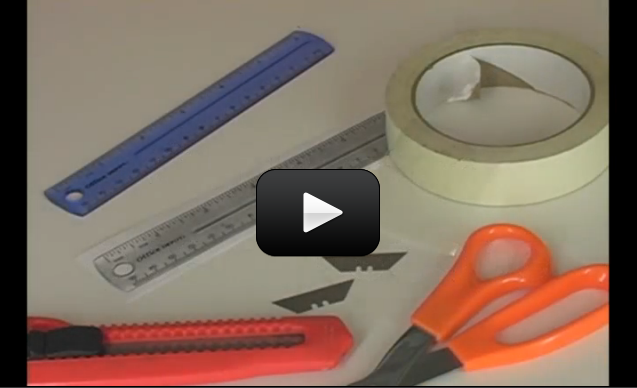Ever play with a prism? When sunlight strikes the prism, it gets split into a rainbow of colors. Prisms un-mix the light into its different wavelengths (which you see as different colors). Diffraction gratings are tiny prisms stacked together.
When light passes through a diffraction grating, it splits (diffracts) the light into several beams traveling at different directions. If you’ve ever seen the ‘iridescence’ of a soap bubble, an insect shell, or on a pearl, you’ve seen nature’s diffraction gratings.
Scientist use these things to split incoming light so they can figure out what fuels a distant star is burning. When hydrogen burns, it gives off light, but not in all the colors of the rainbow, only very specific colors in red and blue. It’s like hydrogen’s own personal fingerprint, or light signature.
While this spectrometer isn't powerful enough to split starlight, it's perfect for using with the lights in your house, and even with an outdoor campfire. Next time you're out on the town after dark, bring this with you to peek different types of lights - you'll be amazed how different they really are. You can use this spectrometer with your Colored Campfire Experiment also.
SPECIAL NOTE: This instrument is NOT for looking at the sun. Do NOT look directly at the sun. But you can point the tube at a sheet of paper that has the the sun’s reflected light on it.
Here's what you do:


Sorry about that – I’ve updated the link!
The link for the diffraction grating is no longer correct. Is there another place we can purchase this?
Yes, but not for this particular experiment. You’ll want to make the other spectrometer in this section – it specifically calls for a CD to be used in the diffraction grating’s place. 🙂
Is it possible to substitute a cd for a diffraction grating?
Aurora: Great video on the spectrometer! Well documented and step by stepped. I did have a few recommendations.
When you cut the hole for the Xeroxed scale be sure that it is aligned with and perpendicular to the center of the slit to get the image centered on the scale. This will ensure the emission line will cover the scale.
Also, when you attach the grating, one of the most common mistakes is to rotate the grating 90 degrees and the emission lines will not be vertical on the scale. The lines on the grating must be parallel to the slit. It’s kind of hard to see this before you attach it so I’d only used 2 small pieces of tape initially to attach the grating, look inside to be sure you have lines on the scale, and then firmly attach the grating. Or you could mention that if you don’t see lines, rotate the grating by 90 degrees.
I’d also change the vertical scale on the calibration chart from 0-10 cm down to 5-10 cm so you get a greater negative slope and better resolution on the calibration curve.